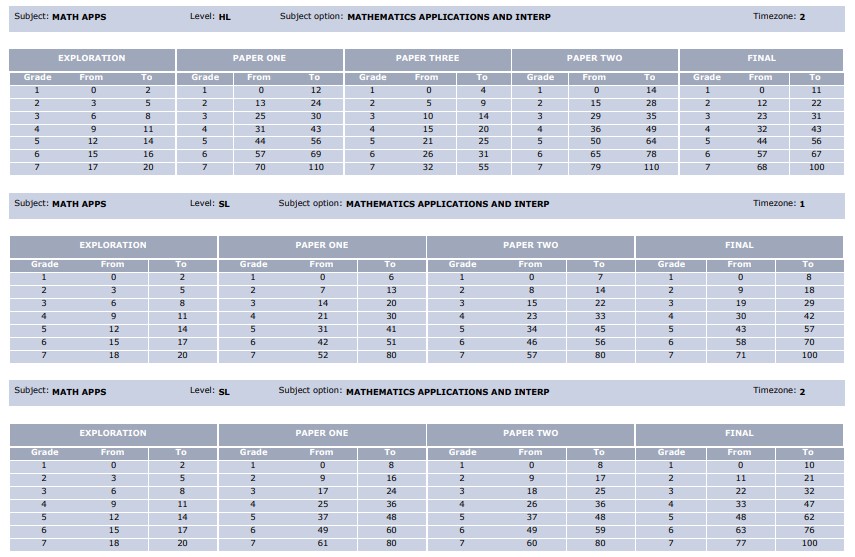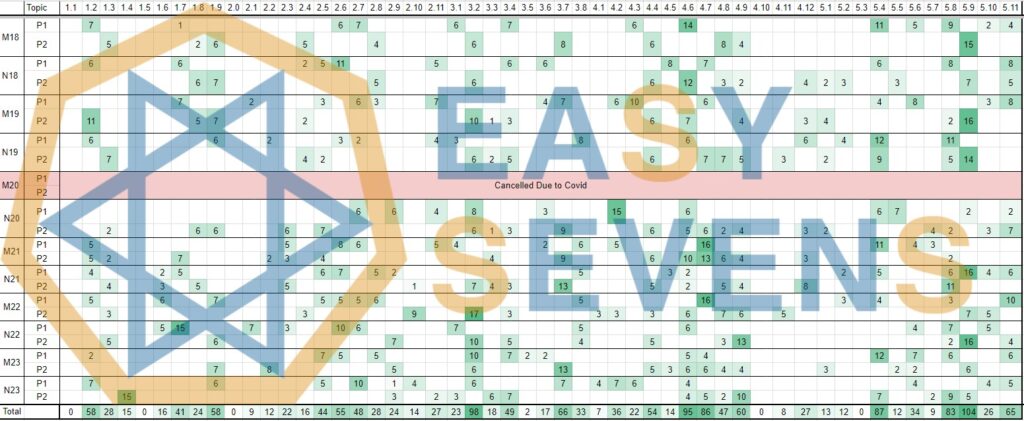In the dynamic world of education, where standards constantly evolve, the International Baccalaureate (IB) program holds a distinguished place. Renowned for its rigor and global recognition, it’s no wonder that students, parents, and educators eagerly anticipate updates regarding IB grade boundaries. As the May 2024 exams approach, the burning question on everyone’s mind is whether the grade boundaries will differ from those of May 2023. Let’s embark on a journey to unravel this topic, shedding light on the factors that influence grade boundaries and offering clarity to all stakeholders.
Unveiling the Concept of Grade Boundaries
Before delving into the specifics of IB grade boundaries, it’s crucial to establish a common understanding of what they represent. Grade boundaries denote the minimum marks required to attain a particular grade in a specific subject. These boundaries are determined post-examination, factoring in elements such as the exam’s difficulty level and the performance of students.
In essence, grade boundaries serve as a yardstick, ensuring consistency and fairness throughout the assessment process. By setting these benchmarks, the IB program maintains its integrity, guaranteeing that standards remain uniform across various exam sessions.
Analyzing the Trends: M2024 Grade Boundaries and Beyond
Last year, initial predictions suggested that the May 2023 exams would feature grade boundaries similar to those of May 2019, reflecting pre-COVID levels. However, the actual grade boundaries for May 2023 fell between those of 2019 and 2022 sessions. This nuanced shift indicates that the IB may be gradually adjusting the grade boundaries back to pre-pandemic levels. Consequently, this year’s grade boundaries could potentially be even more stringent than those of the previous year.
A Closer Look at IB Grade Boundaries in Popular Subjects
IB Math Analysis and Approaches
- AASL:
- May 2022: 71% for a 7
- May 2019: 81% for a 7
- May 2023: 75% for a 7

- AAHL:
- May 2022: 65% for a 7
- May 2019: 75% for a 7
- May 2023: 70% for a 7

IB Math Applications and Interpretations
- AISL:
- May 2022: 67% for a 7
- May 2019: 81% for a 7
- May 2023: 77% for a 7

- AIHL:
- May 2022: 62% for a 7
- May 2019: 77% for a 7
- May 2023: 68% for a 7

IB Chemistry
- Chemistry SL:
- May 2022: 69% for a 7
- May 2019: 79% for a 7
- May 2023: 72% for a 7

- Chemistry HL:
- May 2022: 69% for a 7
- May 2019: 81% for a 7
- May 2023: 76% for a 7

IB Biology


IB Physics
- Physics both SL and HL, in 2023 saw grade boundaries easier than both 2019 and 2022.


IB English Language and Literature


IB English Literature


IB Economics


IB Business Management


IB Theory of Knowledge (TOK)

Key Point to Note About the Grade Boundaries
In our analysis of the IB grade boundaries, it’s important to note that the data presented pertains specifically to time zone 2. Our tutoring center, based in Hong Kong, predominantly serves students within this time zone. Therefore, we have focused our examination on the grade boundaries relevant to our primary audience. For further details regarding other time zones, interested parties may refer to the attached PDF.
IB Grade Boundaries PDF
Interpreting the Trends
Upon analyzing the data, a clear pattern emerges. For the majority of common IB subjects, the grade boundaries set in May 2023 were positioned between those of 2019 and 2022. This trend suggests that the IB has not fully reverted to pre-pandemic grade boundary levels. As a result, there’s a possibility that this year’s grade boundaries could pose a greater challenge compared to the previous year.
In conclusion, while the IB strives to maintain consistency and fairness in its assessment processes, the ever-changing landscape of education necessitates periodic adjustments to grade boundaries. As students, parents, and educators brace themselves for the May 2024 exams, it’s essential to remain informed and prepared for any potential changes. By understanding the factors influencing grade boundaries and interpreting past trends, stakeholders can navigate the IB assessment landscape with confidence and clarity.
IB grade boundaries represent the minimum marks required to achieve a particular grade in a subject. They are crucial for ensuring consistency and fairness in the assessment process, maintaining the integrity of the IB program.
Grade boundaries are set after exam papers have been marked, taking into account factors such as the difficulty of the paper and the performance of students.
Our tutoring center is based in Hong Kong, and the majority of our audience resides in timezone 2. Therefore, we have tailored our analysis to reflect the grade boundaries most relevant to our primary audience. For details on other timezones, please refer to the attached PDF.
In May 2023, grade boundaries for most common IB subjects fell between those of 2019 and 2022, indicating a gradual adjustment toward pre-pandemic levels. However, some subjects saw exceptions to this trend.
Given the trend observed in May 2023, there’s a possibility that this year’s grade boundaries could be more stringent compared to the previous year. It’s essential for stakeholders to stay informed and prepared for potential changes.




